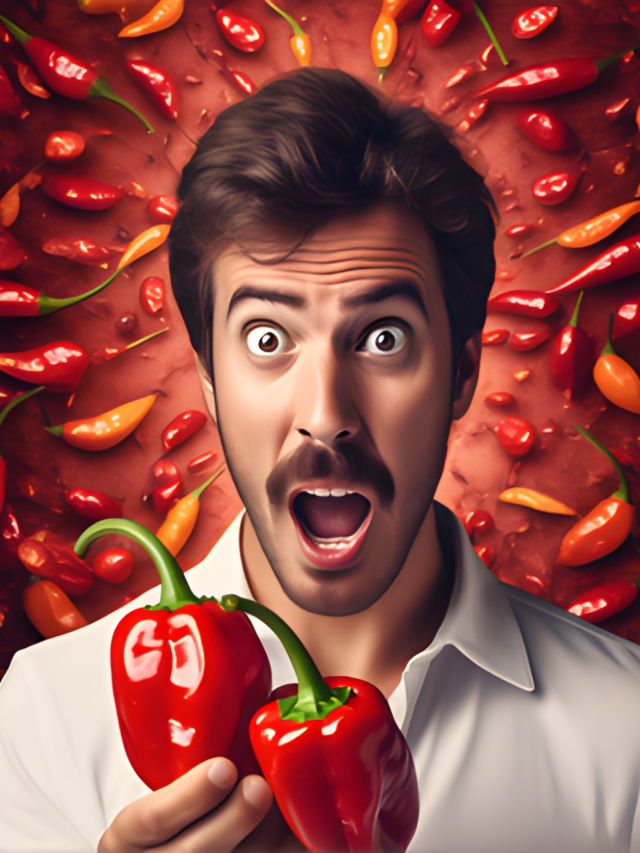Raja Ravi Varma’s Biography, Life, Paintings
At this juncture of an identity crisis, Raja Ravi Varma emerged with his oeuvre—a large body of paintings, drawings, watercolors, and oleographs— that was Western in style and technique and Indian in theme.
A member of the ruling family of Kerala, he subscribed to the ethos of his class. He glorified the national—the mythical and the religious. In his paintings, the moral got precedence over everything else including stylistic expression.
He found his model, both thematic and stylistic, in French Neo-classicism and his art contained messages of a high moral order tailored to suit the quest for national identity in every sphere of Indian life. It is not easy to define Ravi Varma’s unique style, nor to describe, by words, the proper means of acquiring it.
One can only say, that Ravi Varma— who initially learned the art of painting from his uncle Raja Raja Varma and later acquired the technique of oil painting from Theodore Jensen—a portrait painter of Dutch origin—keenly observed the works of nature, used his skills in selecting and carefully digesting, methodizing and comparing his observations and perceptions.
He profited by experience whereas most people are not because of their incapacity in finding their object, but from not knowing what object to pursue.
Ravi Varma broadly followed the technique of the British academic tradition then being promoted in India and endeavored to attain dexterity in imitating objects.
He also studied the style and works belonging to the local traditions, i.e the Tanjore School. Although he revealed the influences of Raphael, Vermeer, David, Ingres, and Manet, he refrained from an implicit submission to the authority of anyone master and avoided the danger of being just a copyist.
He also did not copy nature too closely. He must have realized that a mere copier of nature could never produce anything to uplift or ‘warm the heart’ of a viewer.
In any case imitation of nature has never been a mode of expression in Indian art. Ravi Varma’s paintings possess their own splendor despite the unkind criticism leveled against him by some enthusiastic promoters of today’s fashionable styles.
According to them Ravi Varma’s works neither possess artistic essence nor exemplify a skillful rendering of the academic technique.
Such criticism is unfounded as, in fact, his academic skills were duly recognized when he was conferred a prestigious award for his Sairandhri by the Bombay Art Society in 1891.
He represented India at the World Columbian Exhibition in Chicago in 1893, one of the grandest international expositions of the nineteenth century. He was greatly patronized by Sayaji Rao Gaekwad of Baroda and rulers of other princely states.
Ravi Varma deliberately modified the poetic exaggerations of the epics, In Ravana kidnapping Sita, he deviated from the description to build an illuSion that was visually acceptable.
His Ravana is a haughty muscleman minus the extra heads and the flying chariot. The episode was used as an allegory of the ultimate victory of good over evil.
Havell accused Ravi Varma of deviating from the spirit of Indian poetry, though Balendranath Tagore, nephew of Rabindranath Tagore, hailed his works for the message they contained.
Instead of endeavoring to amuse the viewer with minute neatness, Ravi Varma attempted, in his paintings, to convey his ideas.
And instead of superficially appeasing the viewer, he strove to captivate his imagination. He gained popularity by reaching out to the people by choosing themes that were known to them and infusing the same with poetic and philosophical quality.
His art was, in that sense, greatly appreciated, both by the common man and the enlightened. Although Ravi Varma is known to have used models, he did not copy a model just as it was.
He obviously had his own idea of what constituted ideal beauty and sought to create that image which he conceptualized in his mind from the description in the literary sources, such as that of Sarasvati, Darnayanti or Judith.
He provided familiar faces to portray the divine and mythological characters from the epics, and the likenesses were accepted for reverence and even worshipped.
Out of common figures, he conveyed an abstract idea. And in what may seem a paradox, he learned to design naturally by drawing figures, unlike any standard type.
Although Ravi Varma was successful in reintroducing Indian themes as national ideals, the issue of evolving a national style different from the existing conventional styles remained unresolved.
| Painting Name | Technique | Colors | Year |
|---|---|---|---|
| “Shakuntala” | Oil on Canvas | Rich Earth Tones | 1870s |
| “Damayanti Talking to a Swan” | Oil on Canvas | Vivid Colors | 1880 |
| “Lady in the Moonlight” | Oil on Canvas | Soft Pastels | 1890 |
| “Hamsa Damayanti” | Oil on Canvas | Earthy Tones | 1890s |
| “Ravana Abducting Sita” | Lithograph | Bold and Striking Colors | 1880 |
| “The Maharashtrian Lady” | Oil on Canvas | Rich Jewel Tones | 1890s |
| “The Birth of Shakuntala” | Oil on Canvas | Warm Earth Tones | 1880 |
| “Galaxy of Musicians” | Oil on Canvas | Rich Jewel Tones | 1880s |
| “Jatayu Vadham” | Oil on Canvas | Striking Red Tones | 1880s |
| “Saraswati” | Oil on Canvas | Soft Pastels | 1896 |
| “The Maharashtrian Lady with Veena” | Oil on Canvas | Vibrant Reds and Blues | 1890s |
| “The Mysore Princess” | Oil on Canvas | Regal and Ornate Colors | 1890s |














